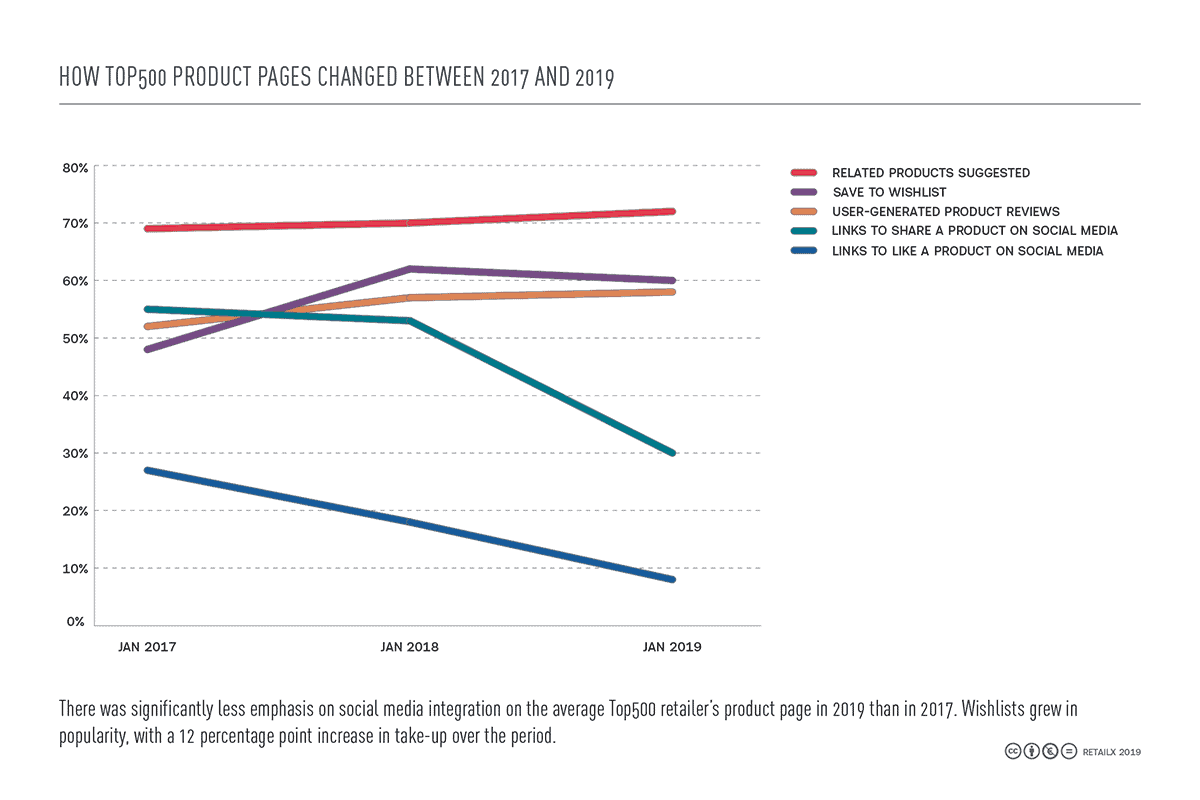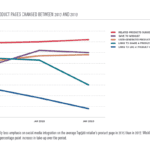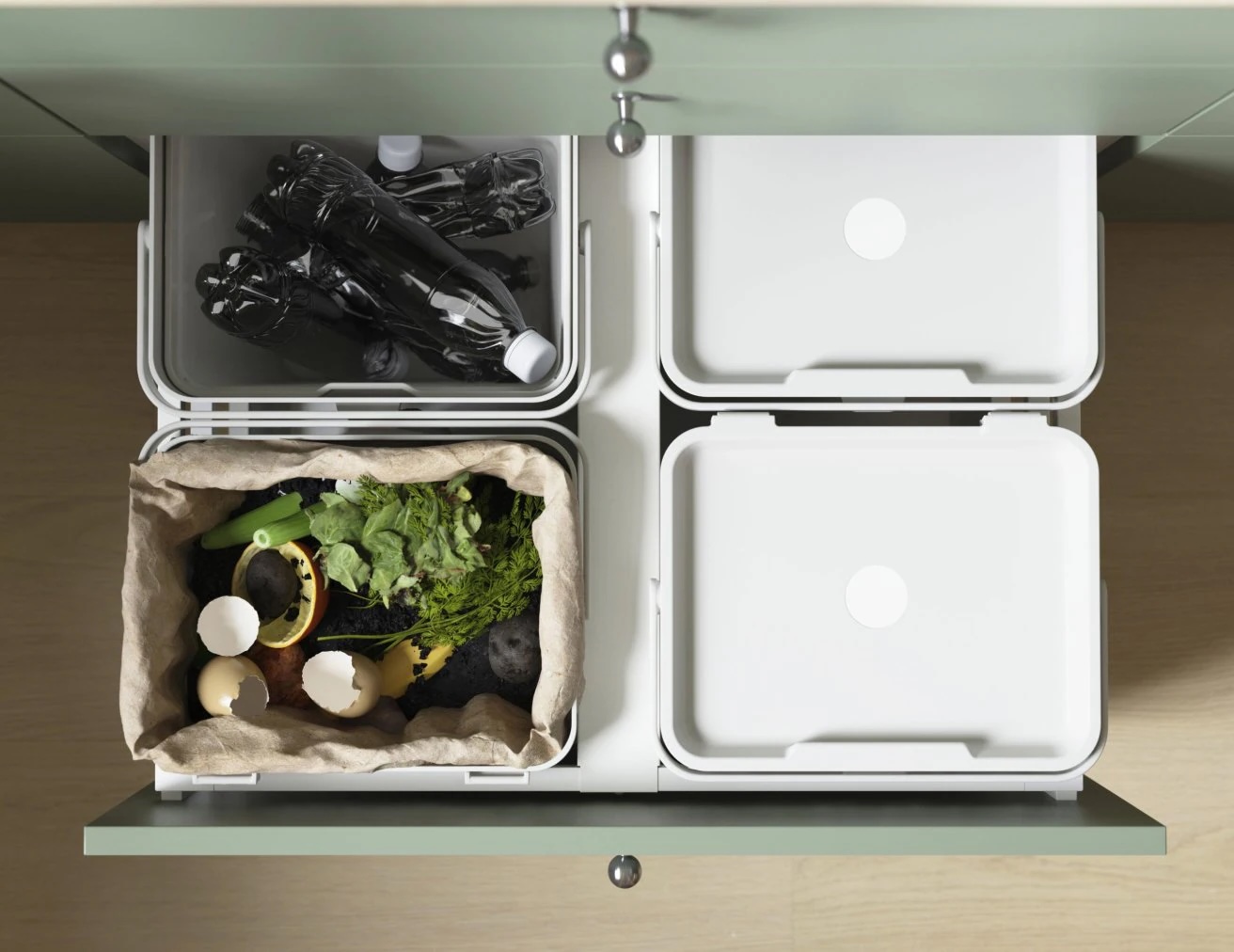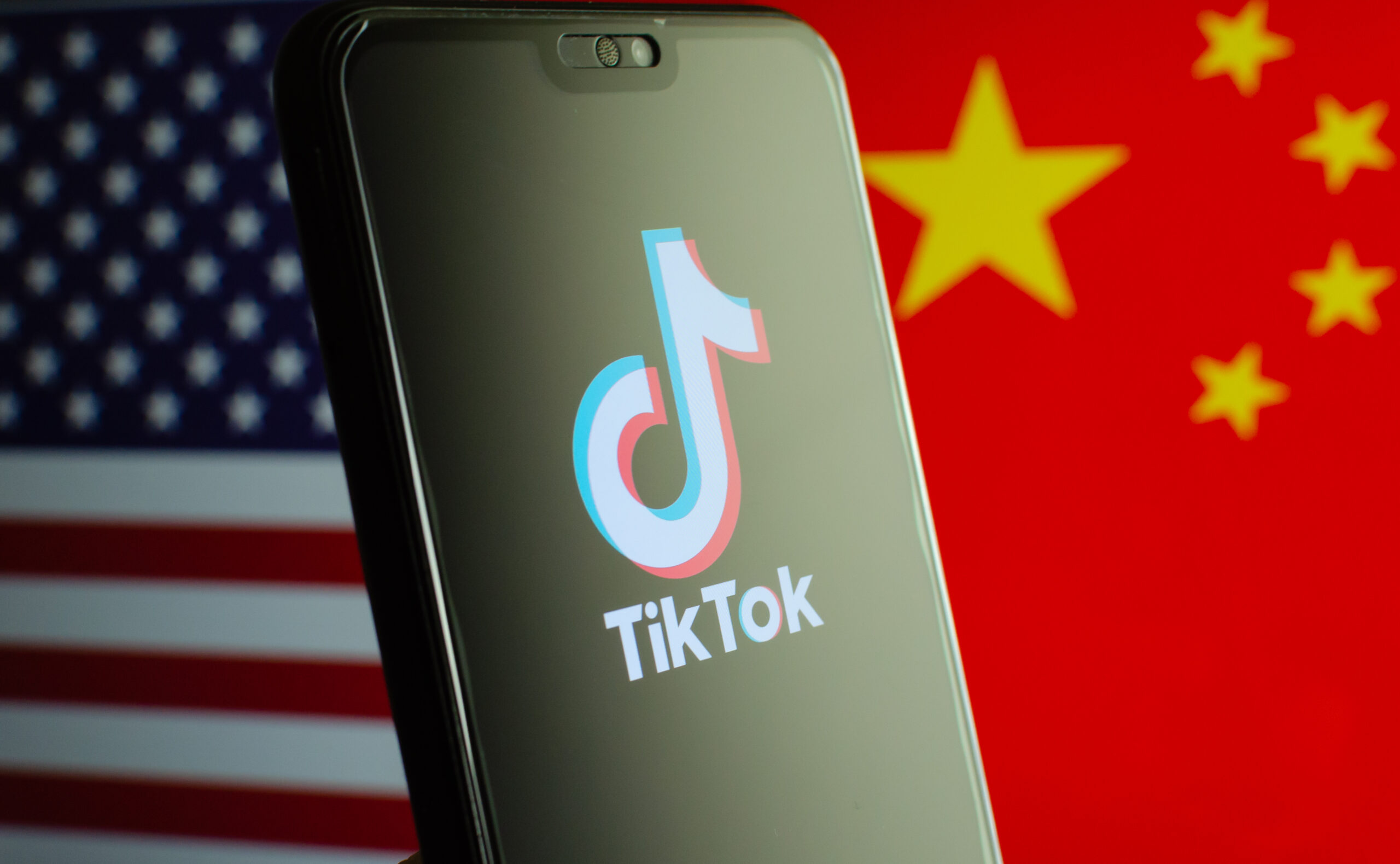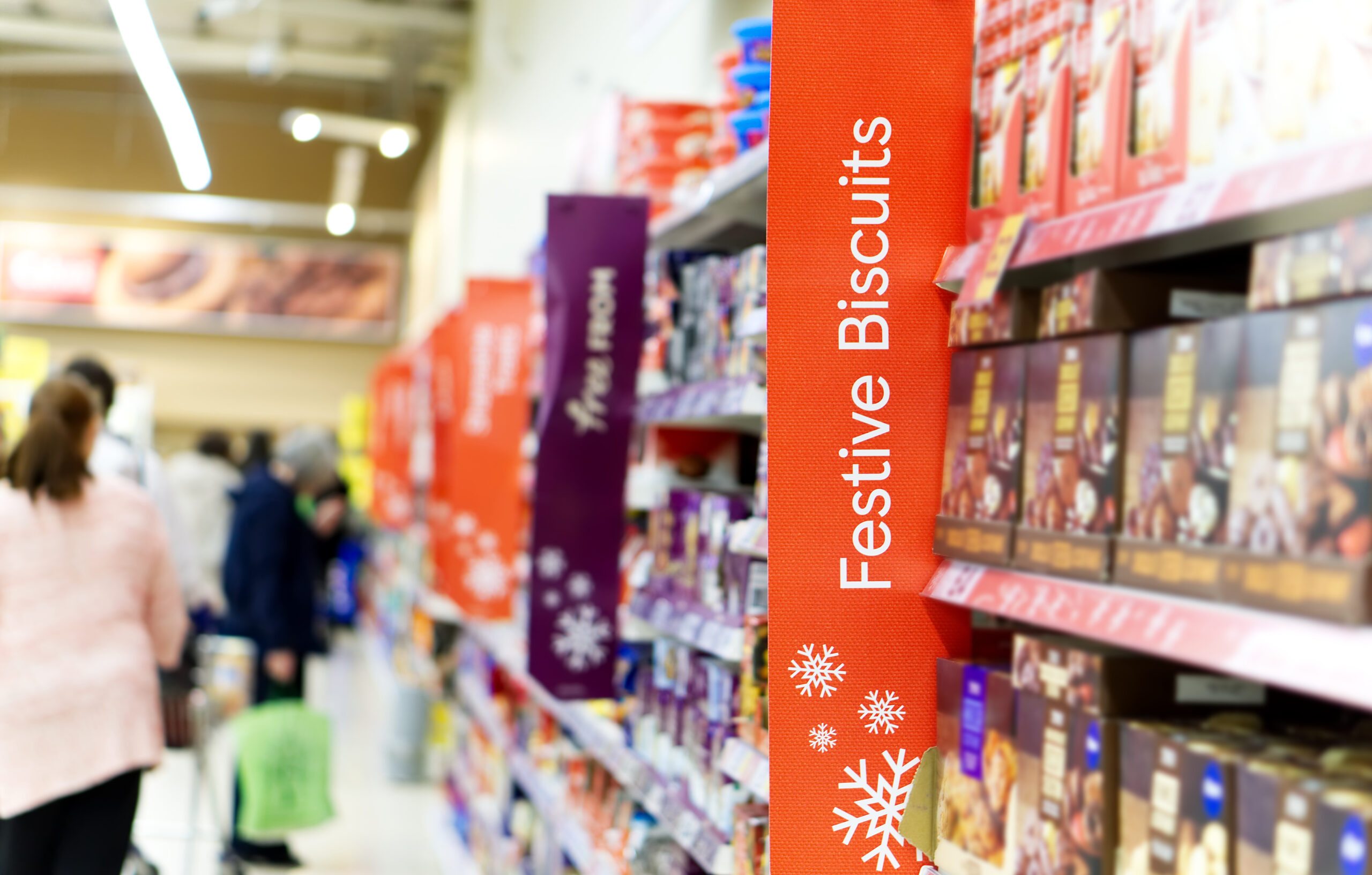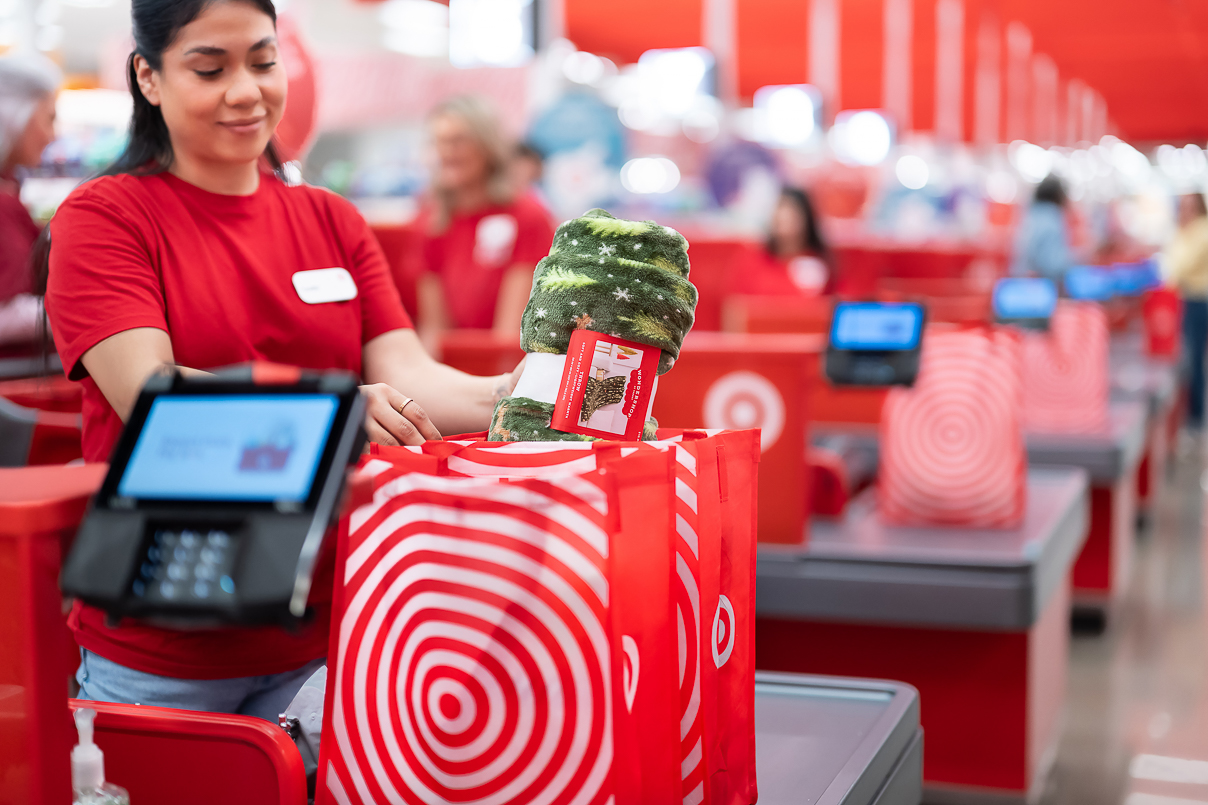Showing products in their best light
Leading retailers use effective merchandising techniques to help shoppers find and understand products
Tools from visual search to product reviews, ratings and high quality images are deployed by retailers that stand out in the Merchandising Dimension.
When such technologies are used effectively, shoppers find it easier to use a website to find the product that meets their needs – and then find out all about that item. That’s even more important when they are using the relatively small screen of a smartphone to buy.
RetailX researchers analysed leading retailers’ performance in merchandising through their use of search and navigation to help visitors find an item on a mobile or desktop website, and through the way they enabled those visitors to explore products further.
They assessed websites on their use of product descriptions, imagery, word-of-mouth social sharing, reviews and ratings, and the use of banners and information on promotions. Metrics on how long shoppers spent on a website and how many pages they viewed, as well as the website bounce rate, were also taken into consideration.
InternetRetailing Knowledge Partner Edge by Ascential (formerly Brand View) shared insights into how effectively the largest Top500 retailers used product images, videos, descriptions, as well as their promotional activity.
What the Top500 do
Merchandising tools that are widely used by Top500 retailers include those that make it easier for shoppers to find a product, whether by name or by narrowing down their search through the use of filters.
RetailX research found that (70%) offered dropdown search suggestions on their desktop website – 58% did so on their mobile website.
A variety of navigational filters were in use: 84% of 2019 Top500 retailers enabled filtering by product type, 76% by price, and 57% by brand. Search by price was slightly less widely used among those retailers who were in the Top500 both in 2018 and 2019.
Last year, 85% of that group used the filter, while 82% had it in 2019. There was greater uptake, however, of search by brand (+4 percentage points) to 58%) and by product type (+3pp to 85%). On mobile websites, 82% used a ‘hamburger’ easy navigation button, while 39% used infinite scroll.
Retailers showed an average of 3.8 product images – rising to four on mobile websites. Well over half (59%) offered zoomable images on mobile – up from 51% last year.
Many offered product recommendations either directly or by enabling other customers to share their opinions. Some 71% recommended products that were similar products to the one on view – cross-selling – while 28% used up-selling.
Most featured product reviews (57%) and ratings (54%), while 30% enabled sharing with friends on social media, and 8% offered the ability to ‘like’ products on social media through links on the product page. Almost two in five (18%) retailers that were members of the Top500 in 2018 and 2019 enabled liking on social media last year. Only 8% did so in 2019.
Just over half (54%) featured obvious promotions on their websites, but only 9% featured a ‘bestseller’ ribbon on popular products. Use of the ribbon fell by almost a third between early 2018, when 14% used it, and 2019, when only 8% of retailers ranked in both years used it.
Four in 10 used banner advertising on their mobile website. More than half (59%) enabled customers to save an item to a wishlist, and 53% had a store finder on their mobile website. Just under half (46%) required registration before checkout.
Of the retailers that were members of the Top500 this year and last year, 62% required registration in 2018, and 54% in 2019 – a significant move towards making it easier for shoppers to buy. Almost two-thirds (65%) offered alternative suggestions where a search term generated no results.
Looking at retailers’ mobile apps, visual search was supported by 5.4% of the 256 Top500 retailers that had iOS apps, and augmented research by 1.5%. One in five (21.5%) had a barcode scanner, while 29.1% supported product reviews.
What leading retailers do
Individual retailers perfomed strongly in the merchandising dimension when they deployed effective but as yet less widely used tools, and when they extended functionality across their mobile and desktop websites.
Argos stood out for its use of merchandising tools on its mobile website, including a physical store stock checker, written product reviews and rating through a star system. Argos also scored highly for its use of personalisation.
Boots stood out for the way it deployed merchandising on mobile, where zoomable images and a store stock checker sat alongside product reviews, star ratings and predictive search, making it easier for customers to find products via a small screen.
H&M also used predictive search. It also stood out as one of the 5% that offered visual search on mobile apps, while a barcode scanner enabled shoppers to find out more about a product from the home or the store.
Wickes performed strongly across both desktop and mobile websites, both of which featured a store finder. It offered alternative suggestions when a product search found no results.
Marks & Spencer was recognised for the use of merchandising on its mobile app. Features included product reviews and ratings, the use of predictive search, and daily deals.
Amazon won its place for its approach to merchandising products on both its mobile app and desktop website. The retailer shared product videos and social media likes on its app, which also featured visual search. It also used a ‘bestseller’ ribbon on its desktop website.
Currys PC World was recognised for its efforts to help customers find a product that suits their needs. A relatively high percentage of its products had explanatory videos, while it also offered alternative answers when a search of its website found no results and it deployed upselling. It had a store finder on its mobile website.
Halfords’s mobile app shared social media likes and product ratings, while it also helped customers find products and product information easily through the use of predictive search and a barcode scanner.
Screwfix also performed strongly on mobile, sharing product opinions through reviews and ratings, and offering predictive search and a store finder on its mobile app.
